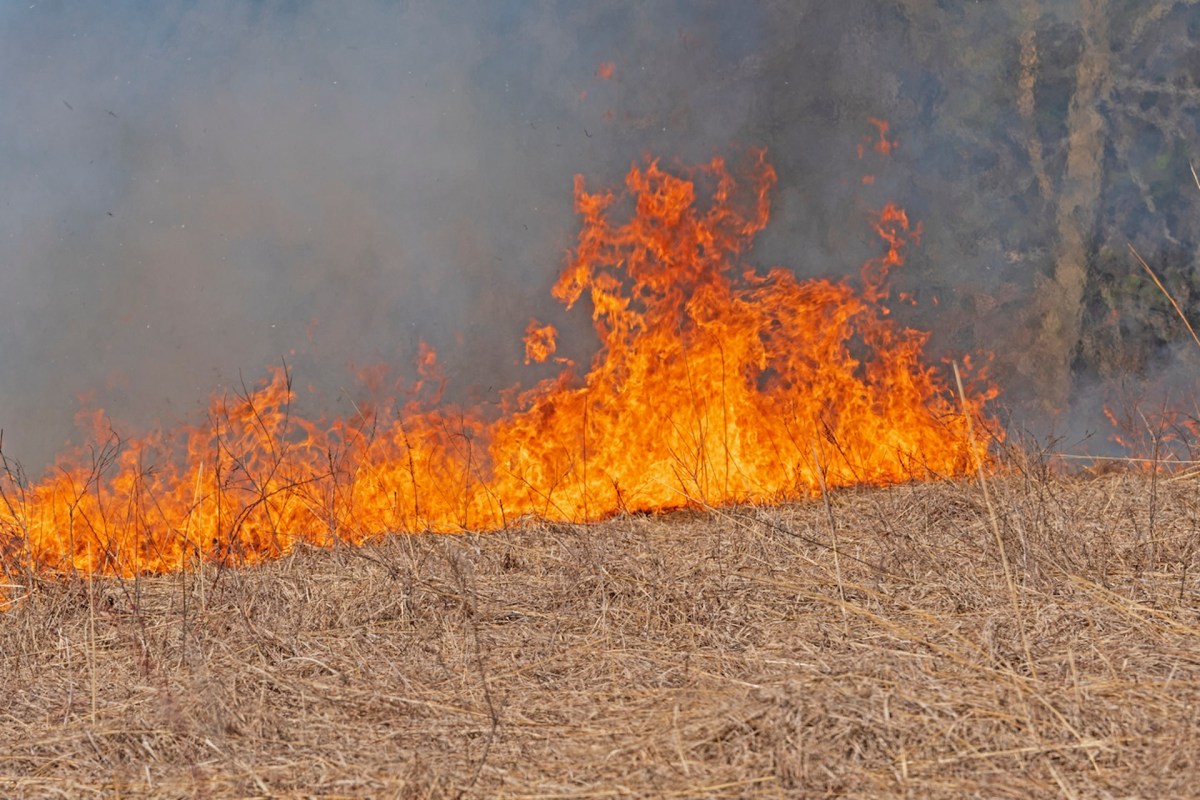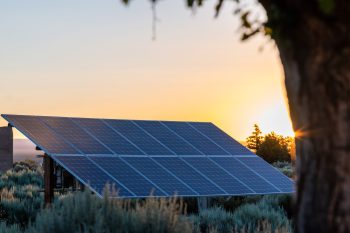The Midwest is experiencing a wildfire season that's earlier, stronger, and bigger than usual, causing scientists to sound the alarm.
"Year to date, we've had close to 300 wildfires statewide," said Catherine Koele, an official in Wisconsin, per Inside Climate News. "And the normal year-to-date 10-year average is about 40 fires."
What's causing the uptick?
The Midwest had a mild winter with low precipitation, which contributed to the wildfire season's early start. "We're seeing extreme fire behavior, red flag warnings in March, which we normally don't see," William Glesener, wildfire operations supervisor for the Minnesota Department of Natural Resources, told Inside Climate News.
But beyond the lack of snow, scientists are warning that the unusual patterns are related to global heating — which means they'll likely continue. Higher temperatures exacerbate drought; in turn, drought creates more dry wood, which easily succumbs to flame.
Because of this, wildfires that are occurring in the Midwest are growing more severe, and "the fires that do ignite are burning bigger, hotter and faster," according to Inside Climate News.
Scientist Kristina Dahl with the Union of Concerned Scientists said, "Fires are growing worse … [this is] really emblematic of a shift toward a warmer climate."
Why is this concerning?
For the affected states, staffing firefighters for more weeks out of the year is both costly and logistically difficult. "Things will have to change … to maintain the current level of service that we do for the citizens in the state," said Glesener.
It's also dangerous for the forests. While milder wildfires can be beneficial in regenerating growth, these hotter fires can destroy even the most resilient trees — not to mention wreaking havoc on biodiversity.
And for human residents, there are significant health risks. Research has found high levels of certain carcinogens in wildfire-affected soils, which scientists speculate are formed by intense levels of heat. Even long after a fire has been extinguished, dangerous toxins linger in the air, reducing air quality.
"The more we learn about exposure to wildfire smoke, the worse it looks," said Dahl. "It can affect pregnancy … cognitive abilities, respiratory issues, and obviously can exacerbate all kinds of underlying conditions."
What's being done?
Nearly 90% of wildfires are started by humans, according to data from the National Park Service. It's a sobering fact, but it also means that humans can do a lot to limit the likelihood of more fires.
For residents in wildfire-prone areas, a key step is to not burn yard waste. While this can be low-risk when there's snow on the ground, burning leaves and yard debris becomes very risky without that cover.
Instead, suggested Glesener, "The public is going to have to start recognizing that maybe mulching or composting is a better tool to clean up and protect their properties than, say, [open] burning."
Join our free newsletter for cool news and cool tips that make it easy to help yourself while helping the planet.








